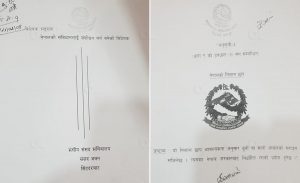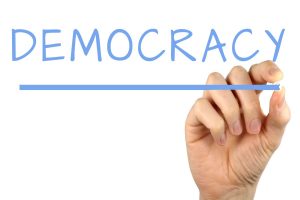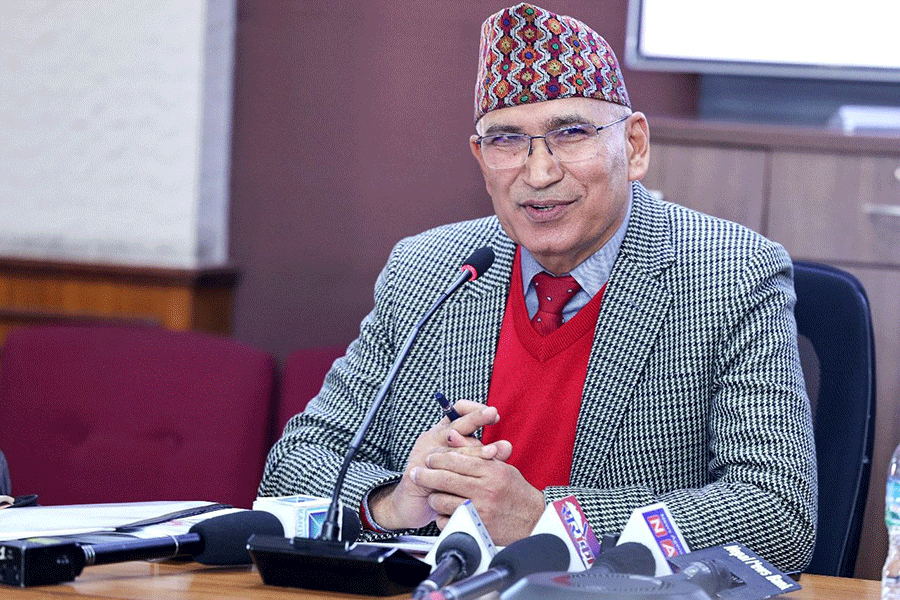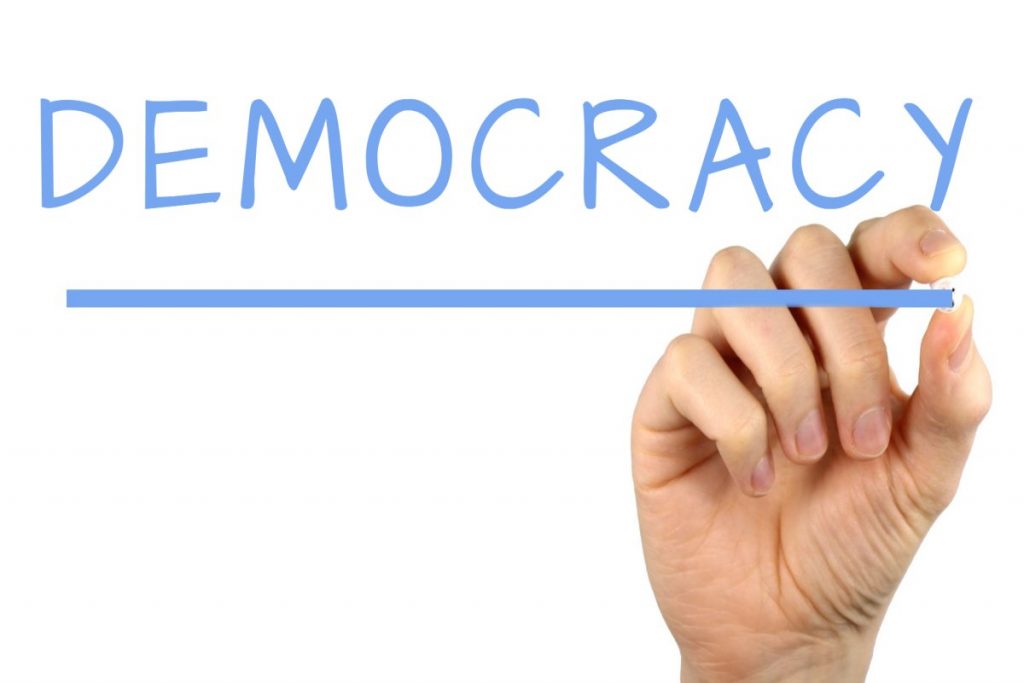
The judiciary as one of the major constitutional organs of the country is seen as a major pillar in safeguarding the constitutional democracy in Nepal. The role of the judiciary is commonly viewed as an interpreter of the constitution, the protector of fundamental rights ensured by the constitution and the resolution of the disputes arising ahead of the judiciary.
But in various conditions, we see the proactive nature of the judiciary while safeguarding the rights of the people. As the nature of society changes along with its attributes, judicial activism may be seen as a method of moving the role of the judiciary according to the needs of a progressive society.
Simply, judicial activism refers to the judicial philosophy where the courts move beyond the bars of existing law and precedents to address the wider issues and implications that may arise in a constantly progressing society. This may even include the judges making rulings based on individual views rather than the interpretation of law.
Through judicial activism, the judiciary fills the void created by the legislative and the executive in fulfilling their respective responsibilities.
Scope of judicial activism
Judicial activism can simply be exercised by the judiciary through the following methods:
- Judicial Review
Article of the Nepali constitution grants the power to review the actions of the executive and the legislature and to overrule them if they are unconstitutional or violate any constitutional provisions.
- Public Interest Litigation (PIL)
Public interest litigation is filed in the court of law based on public interest in which the court may step out of regular law and precedents in providing the ruling.
In the case of Surya Prasad Sharma Dhugel vs Godavari Marble Industries Pvt Ltd, it is believed that it initiated public interest litigation in the court of Nepal by defining the boundaries of the right to life to even include the right to live in a clean environment.
The case of Advocate Meera Dhungana vs HMG and others is also considered one of the leading cases of PIL in which the court performed judicial activism in defining the provisions against rape in a married couple. The judicial ruling of the case not only questioned the traditional thought of a patriarchal society but also defined the boundaries of filing a public interest litigation. Constitutional interpretations made by the judiciary are also considered within the scope of judicial activism.
Judicial activism in a broader sense is significant to sustain a healthy constitutional democracy in the country. It also strengthens the system of checks and balances which will keep the respective organs of the country in check and within its constitutional limitations.
Judicial activism for change
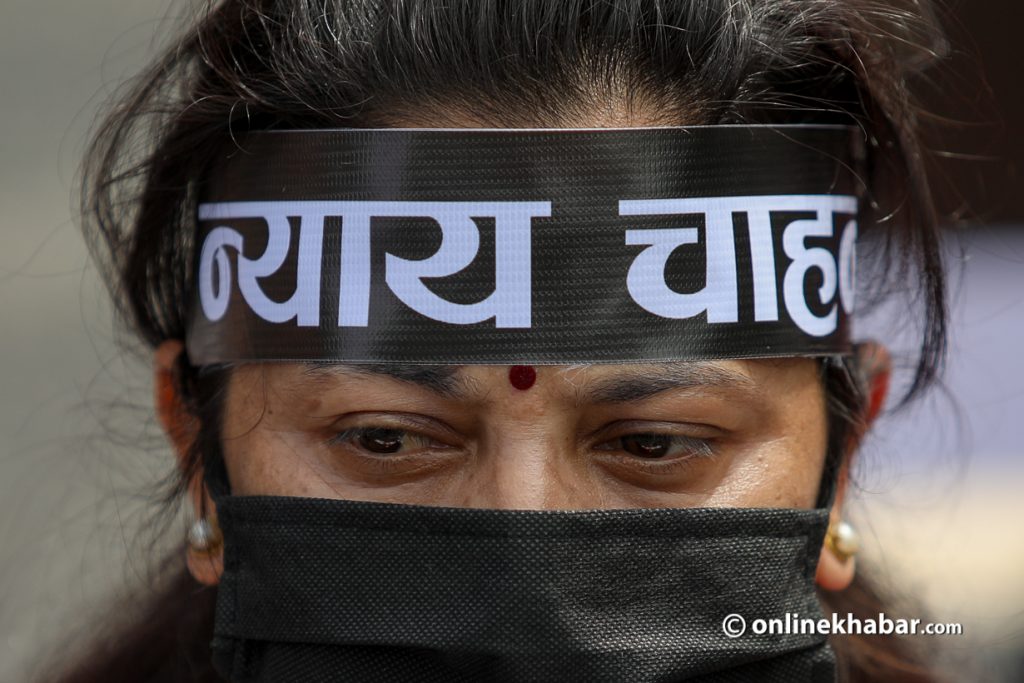
One of the major aims of judicial activism may include the limitation of the power of the government. An arbitrary government or a government with unlimited power might lead to the fundamental rights of the citizens being curtailed. Through judicial activism, the judiciary can keep the power of the government in check and can also raise significant concerns if the actions of the government might be seen as unconstitutional or immoral.
However, the frequent exercise of judicial activism also raises a serious question regarding the integrity of the judiciary itself. If the act of judicial activism changes to judicial overreach, this condition may raise a serious problem in a democratic nation.
Every constitutional organ of our country has their specific role to perform. These roles are also clearly independent of others as the constitutional principle of separation of power (a principle which clearly defines the boundaries of the three organs of the state) is also embedded in our constitution.
Here comes the major issue regarding judicial activism itself. When the judiciary surpasses its power to interfere in the roles of other organs either through specifically misusing the power to punish the authorities of other organs through contempt of court. In the defense of the court, it has always maintained that the judiciary only steps up in the instances where the executive and the judiciary have failed to perform their duties or have left a void in their actions.
In conclusion, the idea of judicial activism plays a vital role in guaranteeing the preservation of fundamental rights and influencing the course of democracy in Nepal and many other nations. Even though the judiciary’s duties include upholding rights and interpreting the constitution, courts must frequently take a proactive stance due to the changing society. When other departments of government fall short of their duties, judicial activism steps in to fill the vacuum.
Judicial activity is necessary to preserve a robust democracy and system of checks and balances, but caution is required to prevent judicial excess. The court must stay within the bounds of its jurisdiction, uphold the separation of powers, and avoid intruding on the spheres of influence of other governmental organs. Overzealous activism raises questions about the impartiality and neutrality of the court and threatens its integrity.
In the end, judicial activism must be approached responsibly; that is, by upholding the rule of law, defending rights, and promoting democratic values while honouring institutional responsibilities’ bounds. The court may continue to play a crucial role in promoting democracy and guaranteeing justice for all Nepali residents by acting with moderation and caution.




